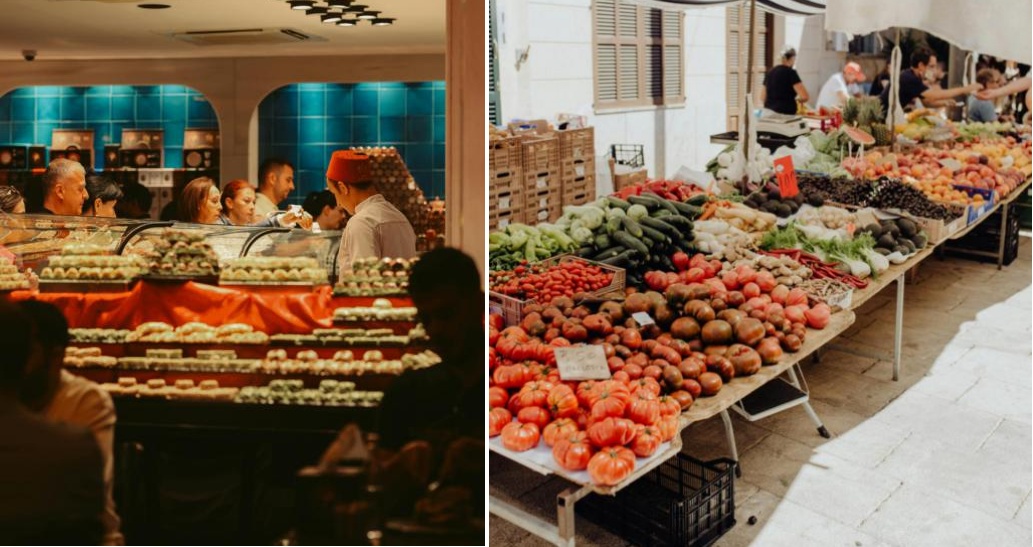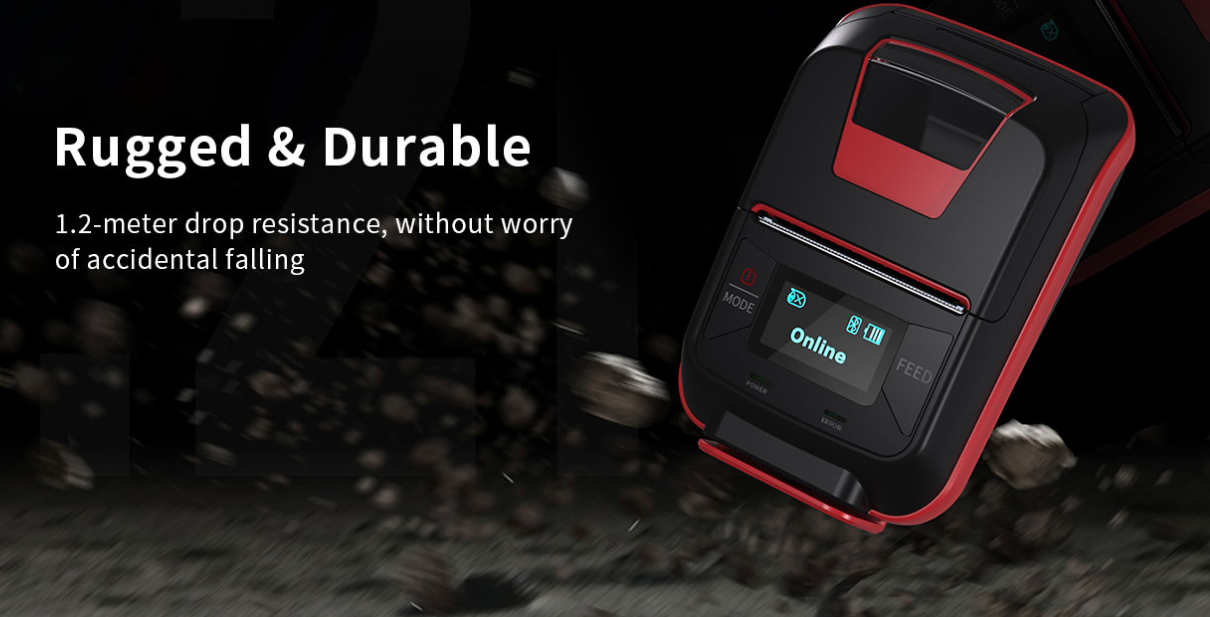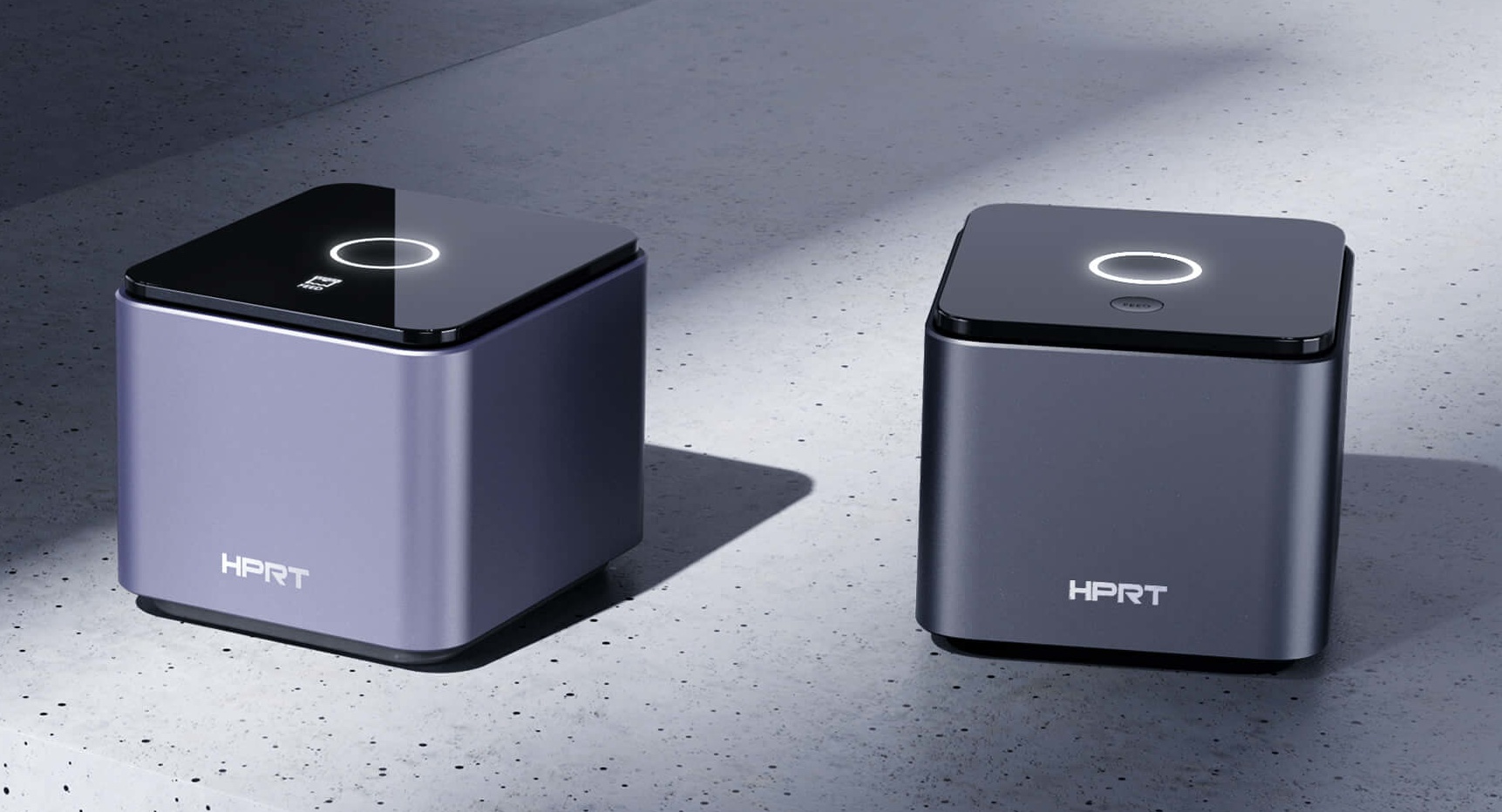


mPOS (Mobile Point of Sale) is a wireless checkout system that allows businesses to accept payments using a smartphone or tablet, typically paired with a receipt printer and card reader. Unlike traditional cash registers or fixed POS terminals, mPOS enables transactions to happen anywhere—at a market stall, in a pop-up store, or even table-side in a restaurant.
This mobile-first approach helps businesses cut down queues, speed up service, and bring the point of sale closer to the customer.

To complete the setup, many businesses choose to add a lightweight mobile receipt printer —such as HPRT’s portable options—for printing on the go. These are ideal for vendors who operate in flexible, changing environments. For those with a more stationary setup, like retail counters or small checkout areas, HPRT also offers compact desktop receipt printers that deliver faster speeds and more stable performance—perfect for handling continuous transactions throughout the day.
Unlike traditional systems that demand bulky cash registers and fixed workstations, mPOS setups require minimal hardware—often no more than what you already have.
Most mobile POS apps run on Android or iOS and can connect via Bluetooth or Wi-Fi to your printer and card reader.
Among all the hardware components, the receipt printer often plays a key role in ensuring smooth operation. Here's how to choose the right one for your mPOS setup:
The right printer can make or break your mPOS workflow. It should be easy to connect, quick to print, and portable or durable depending on your business needs.
For mobile businesses that operate on the go—like food trucks, pop-up shops, or service providers—the HPRT Mobile Receipt Printer HM-E200 is a great fit. It's compact, battery-powered, and supports both Bluetooth and Wi-Fi, allowing for fast, cable-free printing from your smartphone or tablet.

If you run a semi-fixed setup—such as a retail kiosk, convenience booth, or checkout counter—the HPRT 80mm Thermal Ticket Printer TP80GL is a more heavy-duty option. With fast printing speeds (up to 200 mm/s), stable connectivity options (USB Type-B, Ethernet, Wi-Fi, and Bluetooth), and a compact, dust-resistant design, it's built to handle demanding retail environments. Its side-opening design and jam-free hob mechanism help reduce downtime, making it ideal for high-traffic usage.

Pro tip: Be sure to confirm that your printer model is compatible with your POS software before purchasing.
A mobile POS system works by combining a few simple tools into a seamless sales process. Here's a step-by-step look at how it typically functions:
Connect your card reader to a smartphone or tablet
Open your POS app, usually cloud-based and synced to inventory
Add items to cart and calculate the total
Accept payment via chip card, contactless tap, QR code, or mobile wallet
Send the payment data securely via internet connection (no data stored locally)
Print or email a receipt using a mobile printer or app function
Most mPOS systems are designed to support multiple payment types and encrypt all transactions, ensuring both speed and security.
Did you know? Some mPOS apps also integrate with loyalty programs and CRM tools—helping small businesses provide personalized service even in mobile environments.
While both POS and mPOS systems help businesses process transactions, they differ in how they're deployed, what they cost, and how flexible they are.
| Feature | Traditional POS | Mobile POS (mPOS) |
|---|---|---|
| Setup | Fixed terminal, installed on a counter | Mobile device + app, ready to go |
| Mobility | Stationary | Fully portable, works anywhere |
| Hardware Cost | High | Lower upfront cost |
| Deployment Time | Days or weeks | Same day or next day |
| Best for | Large stores, chains | Small shops, food trucks, events |
In short: Traditional POS works best in fixed locations with high transaction volumes. mPOS is ideal when speed, mobility, and cost-efficiency matter most—especially for small and seasonal businesses.
For small businesses, choosing an mPOS solution can mean fewer headaches and faster growth. Here’s why:
No need for bulky terminals or complex infrastructure
Sell anywhere: at markets, pop-ups, or on delivery runs
Download the app, connect devices, and start selling
Keep lines short, serve customers quicker
Accept more payment types, provide receipts instantly
Add devices as your business grows
Many local retailers, delivery services, and even beauty salons have embraced mPOS to stay agile and cut down operational costs.
HPRT’s compact receipt printer—helps you deliver professional receipts on the spot, boosting credibility and customer trust.
Pop-up stores are all about speed, flexibility, and engagement—and that's exactly where mPOS shines.
Whether you're selling fashion at a street fair, coffee at a mobile kiosk, or handmade goods at a craft market, a traditional checkout setup just won't cut it.
Real-world example: A food truck operator uses a tablet, card reader, and HPRT mobile printer to take orders and issue receipts. The entire setup fits in a backpack and runs for hours on a single charge.
A traditional POS is fixed at a counter, while mPOS is portable and runs on a mobile device like a phone or tablet.
You'll need a smartphone or tablet, a card reader, and optionally a receipt printer and barcode scanner.
Yes. Most mPOS systems use encryption and don't store data locally.
Many mPOS apps offer offline functionality and sync transactions once reconnected.
Yes, printers like the HPRT HM-E200 are compatible with various POS platforms.